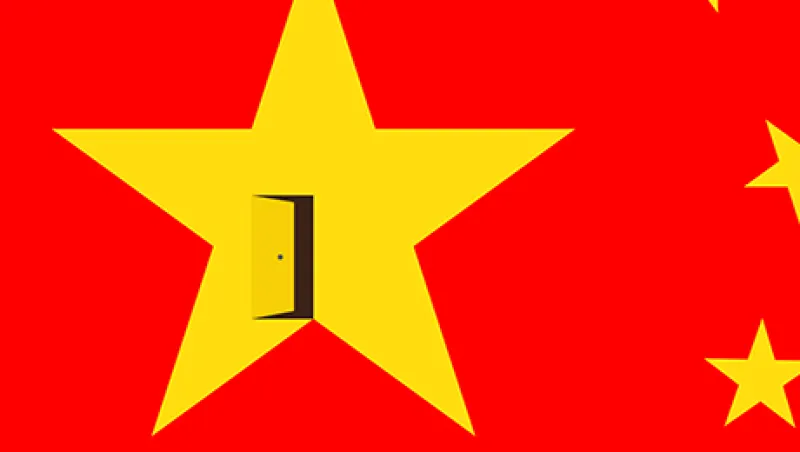Beijing-based retail executive Jack Wang stopped buying Chinese equities when the country’s stock market turned bearish in mid-2009. He reconsidered after the China Securities Regulatory Commission ended a yearlong freeze on initial public offerings last December by announcing that it would let five mainland companies raise a total of about $353 million. “The regulator’s announcement is a signal for me to reenter the equities market,” says Wang, 35, who’s adding to his 1 million yuan ($165,000) portfolio again, purchasing stocks that are down an average of 50 percent from their peak five years ago. “The new president, Xi Jinping, and Premier Li Keqiang are very aware that they have to kick-start the stock markets again.”
The world’s top IPO market in 2010, with $83.5 billion raised on the Shanghai and Shenzhen stock exchanges, according to Dealogic, mainland China hasn’t had a listing since October 2012, when regulators began a campaign to root out fraud and misconduct among advisers and issuers. Fifty companies were expected to be ready for public offerings by February, the CSRC said last November after pledging to move toward a U.S.-style IPO registration system that will dispense with the current approval process.
Most of the mainland IPOs approved so far are midsize companies with little name recognition abroad. For example, industrial valve maker Neway Valve (Suzhou) Co. has begun marketing its bid to raise 839 million yuan on the Shanghai Stock Exchange. The smaller Shenzhen Stock Exchange has won approval to list a handful of businesses.
One high-profile name preparing for an IPO, most likely offshore, is Alibaba Group, the Hangzhou-based e-commerce giant. Although spokesman John Spelich had no comment, observers expect Alibaba to launch a megadeal, perhaps on the scale of Facebook’s $16 billion offering in 2012.
China’s onshore exchanges could see some 300 public listings in 2014, with total fundraising reaching 250 billion yuan, says Frank Lyn, head of the China and Hong Kong markets division at accounting firm PricewaterhouseCoopers. In late January, 756 companies were waiting on IPO applications, according to PwC, down from more than 800 in early 2013. Last year some mainland businesses bypassed the moratorium by listing offshore in Hong Kong, which ranked second after New York with 76 IPOs — nearly all of them Chinese companies — worth a total of $21.7 billion.
China’s over-the-counter market will host much of the IPO activity in the months ahead, PwC’s Lyn reckons. The New Third Board launched in 2006 and is now home to 360 companies, most of them small and midsize, with a combined market cap of 40 billion yuan. “More than 5,000 companies are expected to be trading on the New Third Board in the next five years, making it an extra fundraising platform alongside the Shanghai and Shenzhen stock markets,” Lyn says.
The absence of mainland IPOs last year partly explains the benchmark CSI 300 index’s 10 percent decline. Without deal flow, China’s investment banks found it difficult to drive investor sentiment, analysts say. But the CSI 300, which had lost about 5 percent on the year as of January 31, will have significant upside in 2014, they wager. Helen Zee, Hong Kong–based head of corporate finance at Haitong International Securities, the offshore arm of China’s second-largest listed brokerage, Haitong Securities Co., says her firm expects a cautious bull market: “We anticipate strong investor interest focusing on technology, media and telecommunications, as well as health care and to some extent the consumer market.”
A new Chinese IPO boom could be at hand, says Peter Fuhrman, chairman and CEO of China First Capital, a Shenzhen-based boutique investment bank that focuses on private entrepreneur-led businesses: “China’s markets still have huge growth potential.” • •






